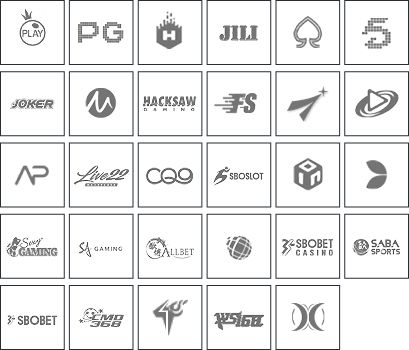Trending Slot
Trending Casino
Trending Games
Pasaran Togel
TOTO WUHAN
4131
2025-12-28
HK SIANG
2004
2025-12-27
CAMBODIA
6180
2025-12-27
SG METRO
1326
2025-12-27
SYDNEY
2552
2025-12-27
SYDNEY POOL
3772
2025-12-27
SINGAPORE
7308
2025-12-27
MALAYSIA SIANG
6297
2025-12-27
MALAYSIA
8548
2025-12-27
MACAU
4971
2025-12-27
QATAR
6716
2025-12-27
HK MALAM
5479
2025-12-27
HONGKONG
7132
2025-12-27
TOTOMACAU 0000
9988
2025-12-28
TOTOMACAU 1300
6321
2025-12-27
TOTOMACAU 1600
9639
2025-12-27
TOTOMACAU 1900
6201
2025-12-27
TOTOMACAU 2200
0384
2025-12-27
Transaksi
Bank Lokal
E-Wallet & Pulsa
Crypto Currency
















































